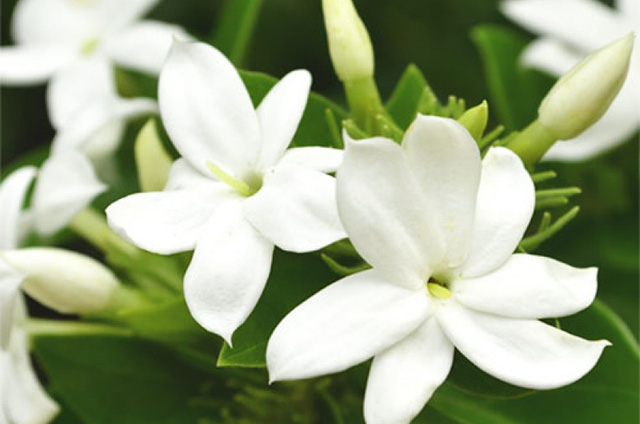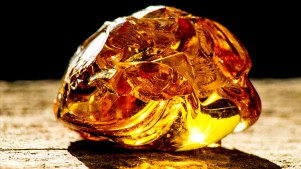
To create aromatic compounds – the foundations for any perfumes, firstly fragrant oils extracted from different products. Some substances are decomposed under the influence of high temperature, and some that thermal processing is not possible to apply then distillation method is used. In this article we will introduce you the most commonly used, popular and interesting notes in perfumery.
Oil rose for the first time mentioned in the writings of the legendary ancient Greek poet Homer. Of course, the exquisite smell of roses is familiar to all of us. Roses that will be part of perfume are collected only in the morning, because the heat of the midday sun is the biggest enemy of scent. Today, the removal of the essential oil of rose petals are processed by water vapor, special chemical solvents are used for the purchase of absolute oil. Despite the successes of the synthesis, it is not yet able to fully copy the complicated smell of rose oil. Therefore, in most cases, the natural product is used in perfumes.

Rose and rose oil
The most expensive wood in the world and one of the most expensive ingredients in the world of perfumery. In order to get 12 ml agar oil, a minimum of 20 kg of this rare and endangered tree is required to recycle, so its price is literally "more precious than gold". The average price of 1 kg of the oud oil is equal to 18 thousand euros.

Agarwood
Agar oil, which is extracted from the aromatic resinous core has many names. Most commonly used names of the tree: agar, auditorium, aloes, paradise tree, eagle wood, Kalambaka, argarwood, aloewood, and, of course, the most famous names oud or oudwood.
Oud - a note with a strong, sweet-woody, almost balsamic, reminiscent of styrax and reminiscent of the aroma of sandalwood. There are many positive aspects of the smell of oud - its broad-spectrum therapeutic properties, positive bioenergy characteristics, is considered to be a natural aphrodisiac, calms the nervous system and regulate the activities of all organs, has a rejuvenating effect, besides the high resistance. 12 hours is required for the opening of this note in clean air, persistence in the skin is more than a day.

Processing of Agarwood
The mysterious and attractive, sweet and deep, with very harmonious aroma of oud is particularly highly valued in Arab sheikhs and sultans perfumery. For several centuries the aroma of agar wood remains one of the most popular and in-demand in niche perfumery.
Jasmine is the most commonly used among white flowers in perfumery. However, its production is declining all over the world. The reason is that it is difficult to grow and gather jasmine flower. Like the rose, jasmine is collected in the morning before hot and dew does not spoil the precious flowers.

Jasmine flowers
Lavender has a fairly wide range of original flavors but it is assumed that this note has "unlucky fate." The reason is that for many people the aroma associated with the smell of clean laundry, and so historically it is not very often used in perfumery. Despite this, in recent years, this note has gained enough popularity among perfumers for bringing freshness to aromatic composition. Most often used in the top notes of flavor.

Lavender
It is interesting that the smell of the oil of iris rhizomes differs from the smell of the flowers and the fragrance reminiscent of violets. From the moment of planting the rhizomes of iris to its collection must pass three years. To dry it will require three years. 2 kg of essential oil with a delicate and strong aroma, creating persistent floral and woody notes in perfumery extracted from one ton of iris root.

Iris flower
To be continued...








